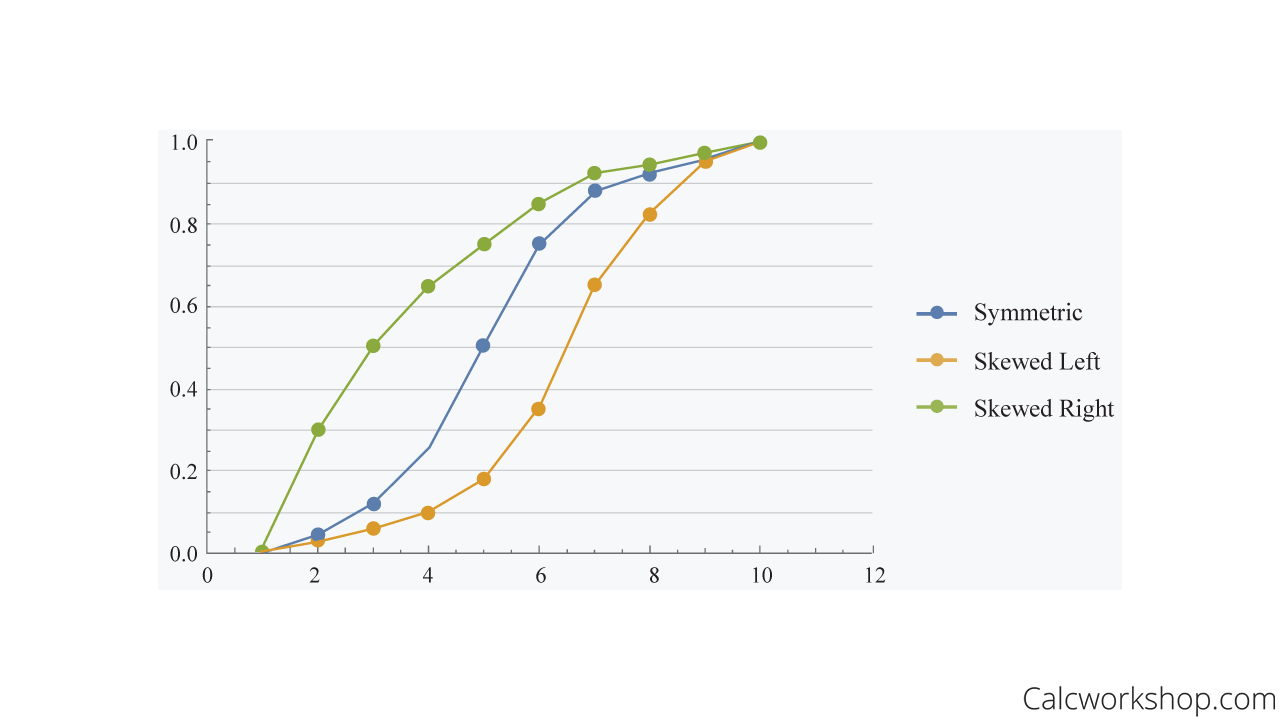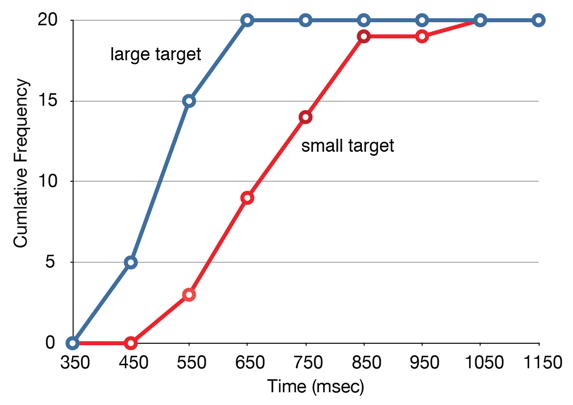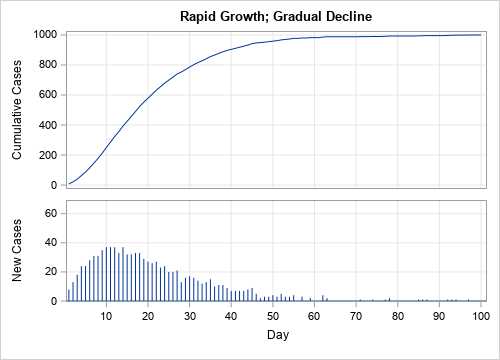Cumulative Frequency In R
Details If breaks is specified as a single number the range of the data is divided into breaks pieces of equal length and then the outer limits are moved away by 01 of the range to ensure that the extreme values both fall within the break intervals. Freq ordered x plot FALSE To add a cumulative frequencies column.

Cumulative Frequency An Overview Sciencedirect Topics
Suppose the data is in an Excel le saved as a CSV le named Excel-Datacsv that looks like.

Cumulative frequency in r
. In R language table function and length of data vector is used together to find relative frequency of data vector. It not only gives me a cumulative frequency count but also the proportions and the chi square test contribution of each category. The cumulative sum is used to determine the total sum of a variable or group and helps us to understand the changes in the values of that variable or group over time. CrossTable in R CrossTable mtcarscyl.Cumulative frequency can also defined as the sum of all previous frequencies up to the current point. But it doesnt show percentages or any. X rnorm 100 X is a sample of 100 normally distributed random variables P ecdf X P is a function giving the empirical CDF of X P 00 This returns the empirical CDF at zero should be close to 0. Tab asdataframe freq ordered x plot FALSE CumFreq cumsum tab -dim tab 1Frequency tabCumFreq c CumFreq NA tab.
Asnumericunlist tapply datapass datayear cumsum 112 230 362 491 612 747. Cumulative frequency is defined as a running total of frequencies. Another method is to use the CrossTable function from the gmodels package. The frequency of an element in a set refers to how many of that element there are in the set.
In the data set faithful the cumulative frequency distribution of the eruptions variable shows the total number of eruptions whose durations are less than or. A cumulative frequency graph or ogive of a quantitative variable is a curve graphically showing the cumulative frequency distribution. Represents the relative frequency of event is represented as absolute frequency of each value N represents total number of data values. Video DescriptionIn this video we demonstrate how to generate Cumulative and Relative Frequency Distribution plots using R.
Remember you can select a specific variable using either or. So what options come by default with base R. The cumulative frequency distribution of a quantitative variable is a summary of data frequency below a given level. Have a sensible set of defaults aka facilitate my laziness.
Here I describe a convenient two-liner in R to plot CDFs in R based on aggregated frequency. Cumsum by Group in R With the cumsum function it is also possible to calculate the cumulative sum by group. While creating the cumulative we must be sure that the total sum and the cumulative sum of the last value depending on the. I often use R markdown and would like the ability to show the frequency table output in reasonably presentable manner.
However they are suited for raw data not when the data is summarized in frequency counts. R Programming Server Side Programming Programming. The ecdf function applied to a data sample returns a function representing the empirical cumulative distribution function. Males Cumulative Scores less than 40 1 less than 50 4 less than 60 9 less than 70 18 less than 80 24 less than 90 34 less than 100 42 Here we see how to do these tasks with R.
TabledataType A super simple way to count up the number of records by type. Well start by importing the data into R. The cumulative sum of the relative frequencies. Example In the data set faithful a point in the cumulative frequency graph of the eruptions variable shows the total number of eruptions whose durations are less than or equal to a given level.
Lets try some calculations using frequencies. How to rate cumulative frequencies and probabilities in the R programming language. Most famously perhaps the table command. If your data has missing values a valid percent column is added to the table.
Cumulative and Relative Frequency Distributions using R - YouTube. Imagine you would like to calculate the cumulative sum by year instead of the whole time series. However reducing to frequency counts is often necessary when processing data at the scale of tens of gigabytes or more. If you need to check the variables in the data set remember that you can always use the str function in your console.
R has some great tools for generating and plotting cumulative distribution functions. Create a table to count the frequency by section frequencytablecutdata frequency Add up the frequencies in the table cummulfreqcumsumfrequency cummulfreq Calculate the Relative Frequency relativefrequencyfrequencysumfrequency cfasdataframecummulfreq cf cummulfreqcf1 cummulfreq cummulpercentilecummulfreqmaxcummulfreq.

How To Read A Cumulative Frequency Graph The Do Loop

How To Find Cumulative Frequency W 11 Examples

Plotting Cumulative Counts In Ggplot2 Stack Overflow

How To Read A Cumulative Frequency Graph The Do Loop

How To Find Cumulative Frequency W 11 Examples



Post a Comment for "Cumulative Frequency In R"